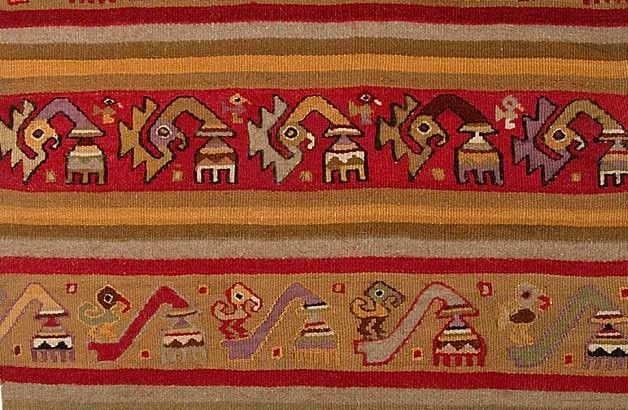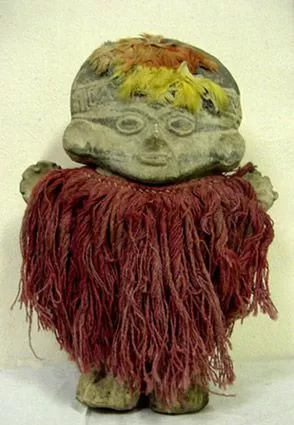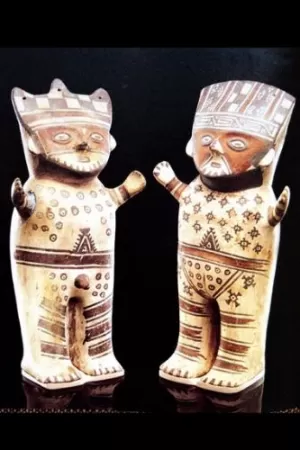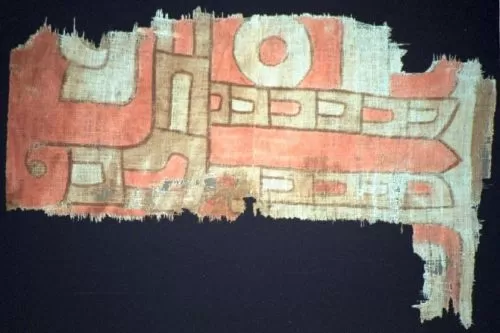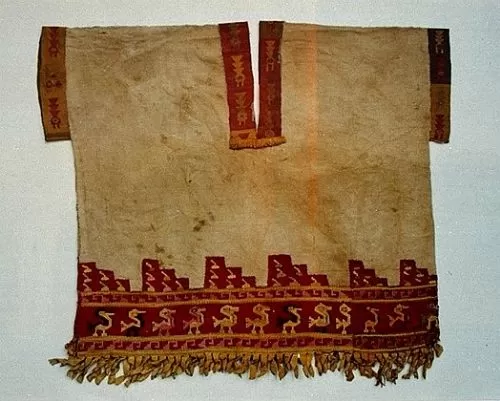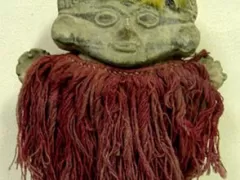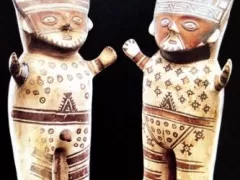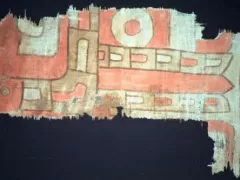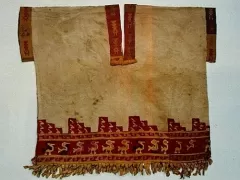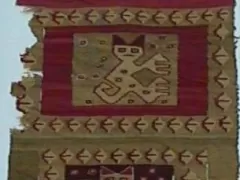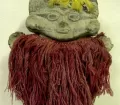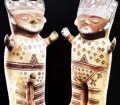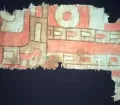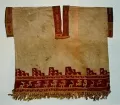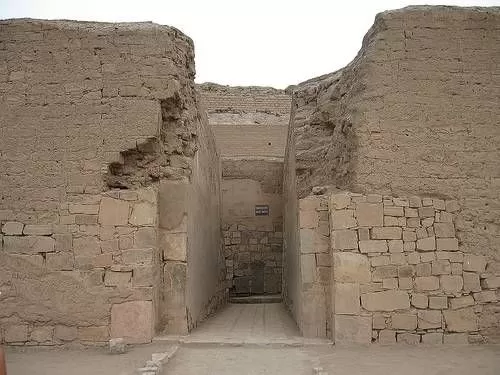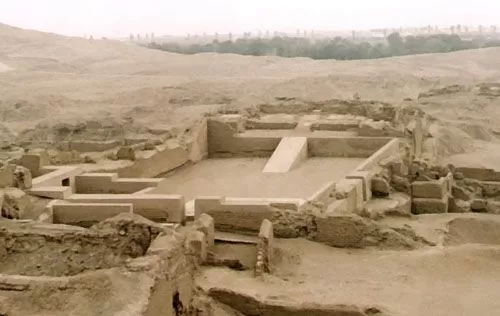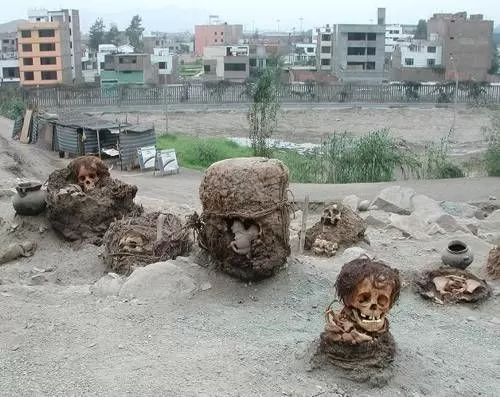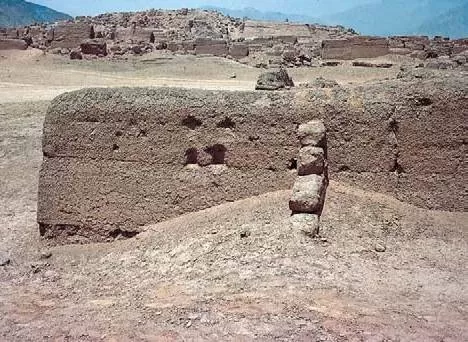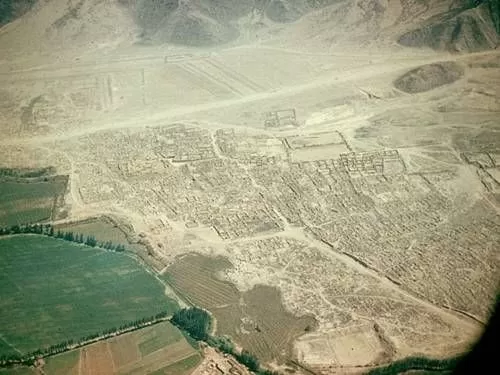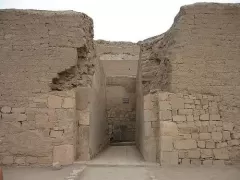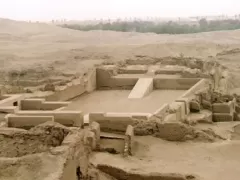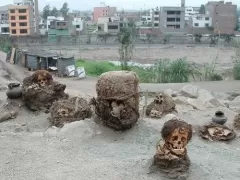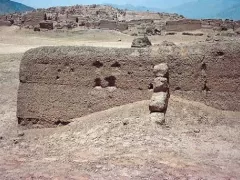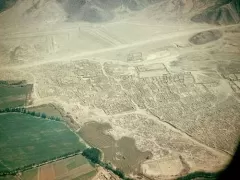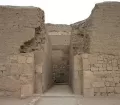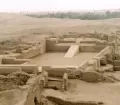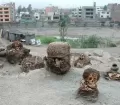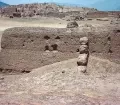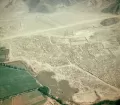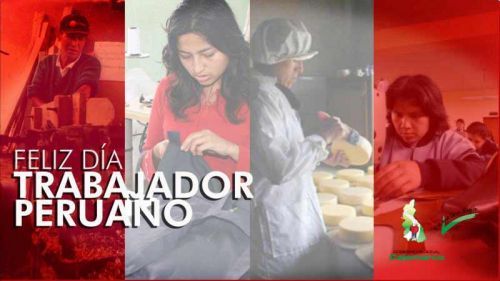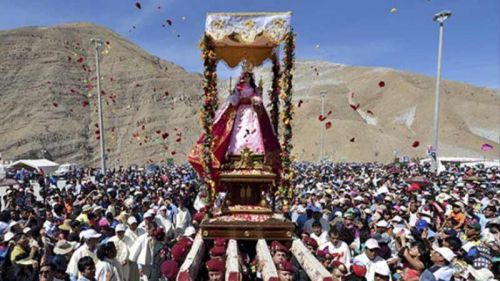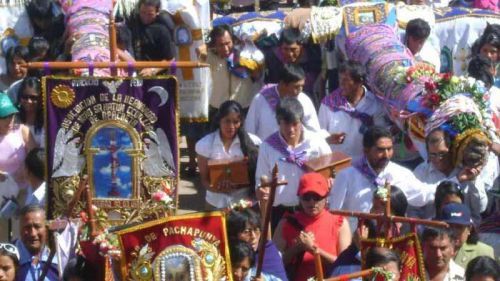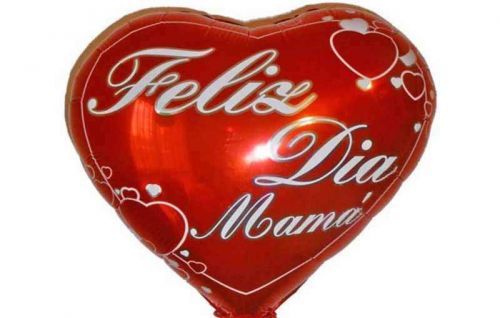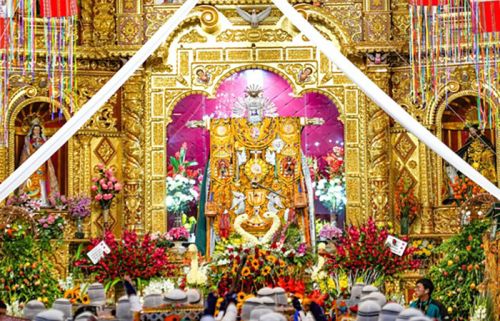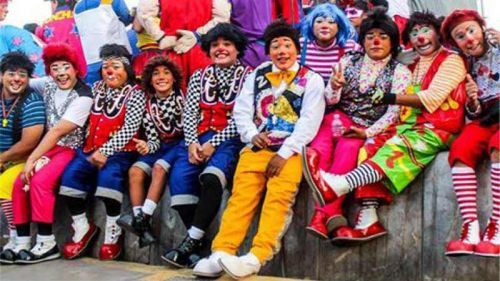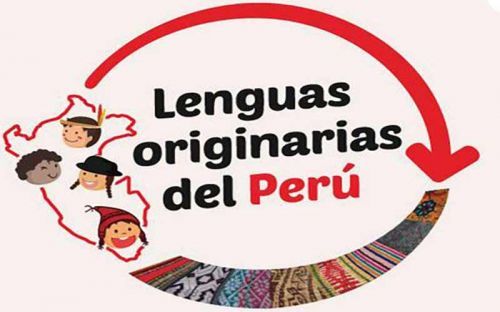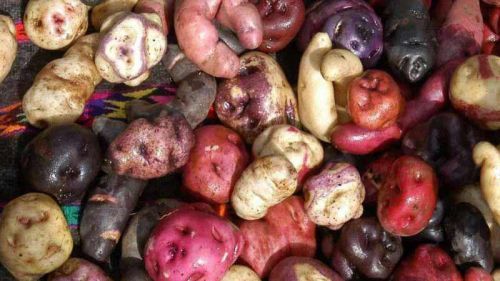After the breakup of the Wari Empire, an era of kingdoms and regional confederations in the Lima region began. Social groups constituted regional states (characteristic for this time period), but these changes first brought turbulent times with social agitation, political and cultural instability to the region.
At first the regional chiefs seem to have been politically independent, but to the north and to the south two great cultures arose, the Chancay and the Ichma.
The Chancay Culture in Lima
The Chancay culture developed around 70km north of Lima and extended its influence to the south into the Lima region. It seems that the Chancay inspired the area solely culturally and commercially, but not politically.
The Chancay developed special techniques manufacturing amazing ceramics and weaving marvelous textiles. To this day they are well respected and admired for their astonishing and unique craftsmanship.
The Ichma Culture in Lima
The Ichma culture developed south of Lima in the Lurin valley and expanded to the north into the Rimac valley. They inhabited Pachacamac, the most important place for pilgrims in the coastal region at the time dedicated to the god Pachacamac, and continued its growth and religious influence attracting worshippers from all over Peru. The Ichma constructed at least 16 new pyramids in Pachacamac, which served as residential spaces and ceremonial centers.
Additionally, the Ichma built and remodeled numerous structures in the Lima area. Among them are the Huaca Huantille in today's district of Magdalena del Mar, the Huaca Mateo Salado in Lima's district of Pueblo Libre, the Huaca San Borja in the district of San Borja and the Huaca San Miguel belonging to the ancient city of Maranga in the district of San Miguel.The impressive archaeological sites of Puruchuco and Cajamarquilla are assigned to the Ichma as well.
Mostly unknown is the fact that the Maranga culture built next to their extensive administrative, economic, and religious center, the ancient city of Maranga, another only slightly smaller city, named Limatambo or Huacas de Lince. The settlement was located at the border of today's districts of La Victoria and San Isidro and was extensively remodeled during the Ichma influence of the area. Today only the remains of two huacas are left from this huge complex, the Huaca Balconcillo and the Huaca Catalina. Once the Inca appeared on the scene, the Chancay culture, the Ichma culture and many more (nearly) disappeared.


